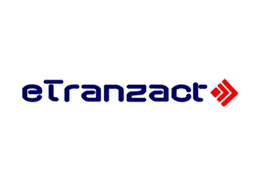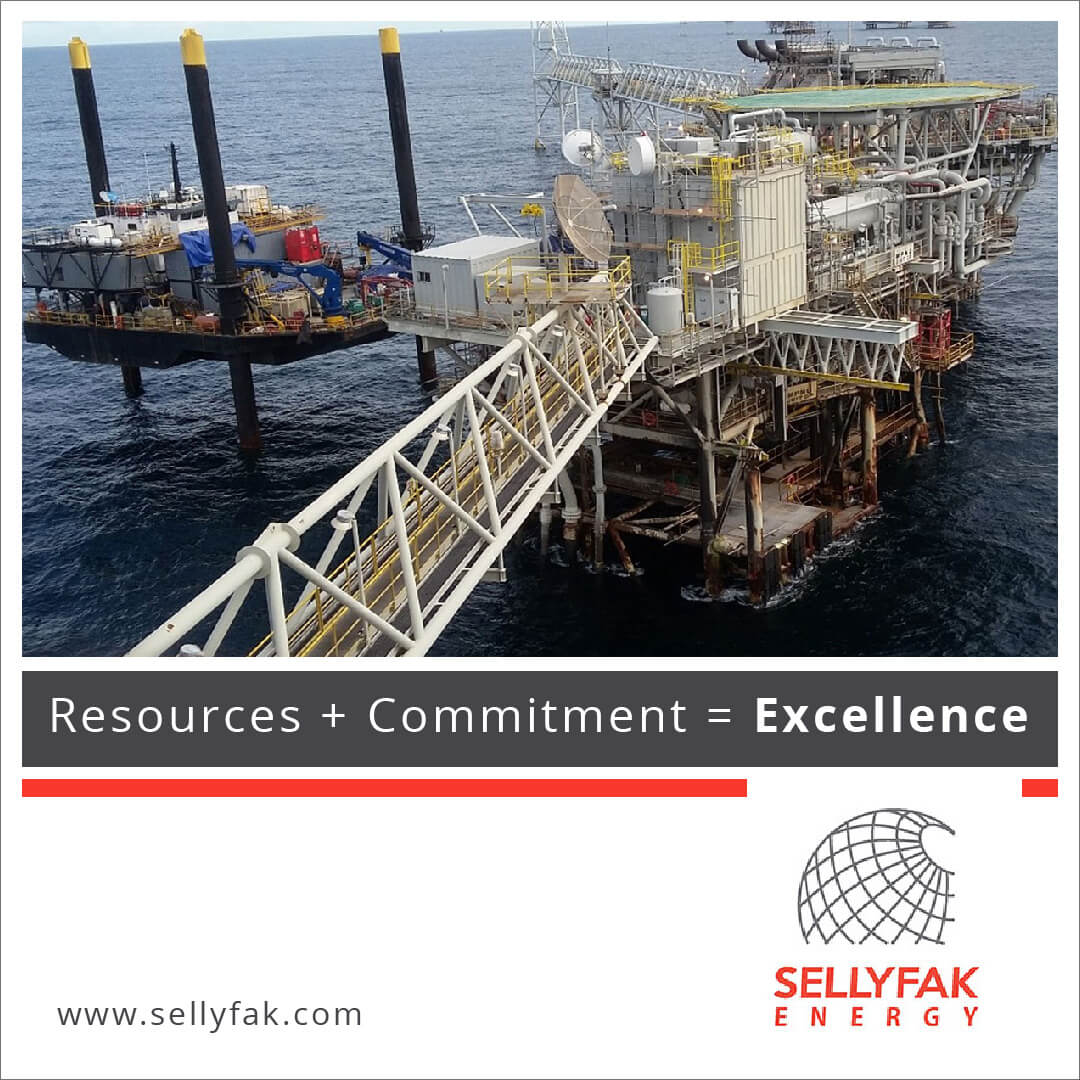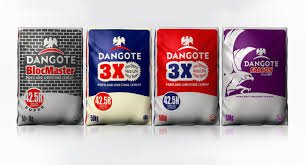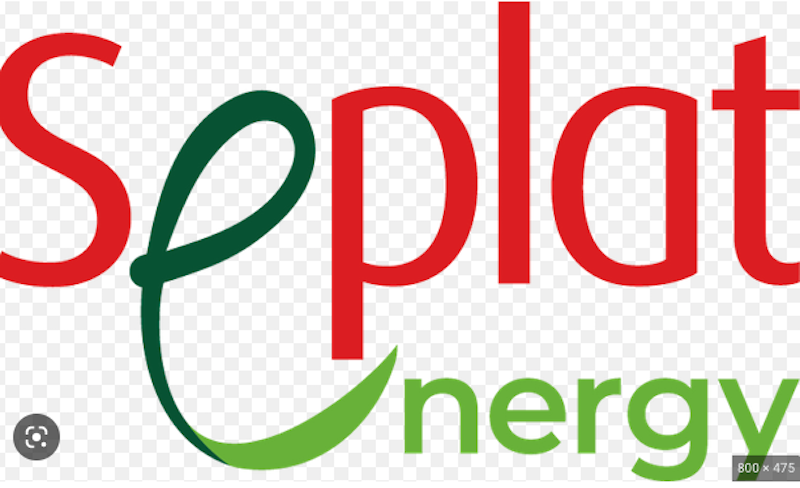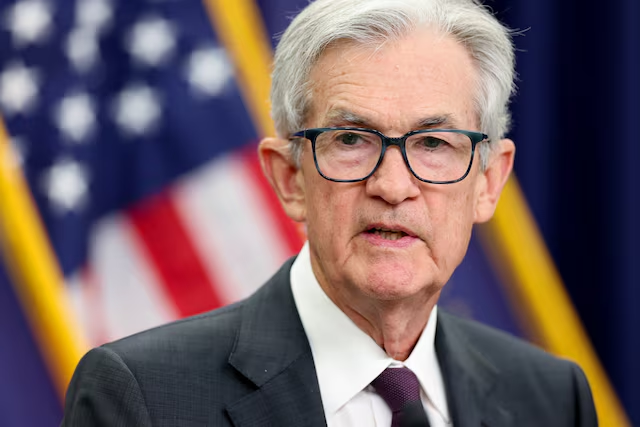Oil prices remained steady on Monday despite OPEC+ announcing a larger-than-expected production hike for August, stoking fears of an impending global supply glut.
Simultaneously, escalating U.S. tariff tensions under President Donald Trump cast a shadow over global economic prospects, weighing further on crude demand.
Checks by Arbiterz media revealed that Brent crude traded within the range of $67 and $68 per barrel on Monday, while West Texas Intermediate (WTI) traded within $66 and $67 per barrel without any significant volatility.
The market is expected to reflect a bearish turn in oil prices due to growing market anxiety over both surging supply and weakening macroeconomic indicators.
Over the weekend, the OPEC+ alliance revealed plans to increase output by 548,000 barrels per day (bpd) in August, significantly above the 411,000 bpd monthly increments approved for May through July. This also dwarfs April’s modest rise of 138,000 bpd, signaling a sharp acceleration in supply expansion.
The surprise decision, led largely by Saudi Arabia, raised concerns about a renewed battle for market share at the expense of prices and revenues. While Riyadh has ramped up production, many other members continue to underperform their quotas, exacerbating imbalances in the cartel’s internal dynamics.
The increase effectively reverses nearly 80% of the 2.2 million bpd in voluntary output cuts agreed upon earlier this year by eight OPEC members. Analysts interpret the move as a bold play to reassert dominance in the global oil market despite fragile demand signals.
Yet, in a seemingly contradictory move, Saudi Arabia simultaneously raised the official selling price for its flagship Arab Light crude to Asia—the highest in four months. The decision underscores the kingdom’s confidence in Asian demand, particularly from China and India.
Compounding supply-side concerns are mounting fears over Trump’s tariff policy, which threatens to derail global trade flows and slow oil consumption. Over the weekend, the U.S. administration confirmed that countries would be notified of higher tariffs by July 9, with implementation set for August 1.
President Trump reiterated on Sunday that multiple trade deals were nearing completion, but he provided no specifics on the timeline or scope of the proposed tariffs. The lack of clarity has rattled investors, adding to the volatility in global commodity markets.
In April, Trump introduced a blanket 10% tariff on most imports under a “reciprocity” framework, with a potential escalation up to 50% depending on bilateral trade dynamics. More recently, he hinted that tariffs could range as high as 70%, intensifying global trade tensions.
Analysts warn that protectionist rhetoric will continue to dominate the narrative in the second half of 2025. For now, the only counterweight to falling oil prices is a weakening U.S. dollar, which has helped cushion losses across the energy complex.
With both supply and geopolitical risk rising, crude markets appear poised for further turbulence in the weeks ahead.












